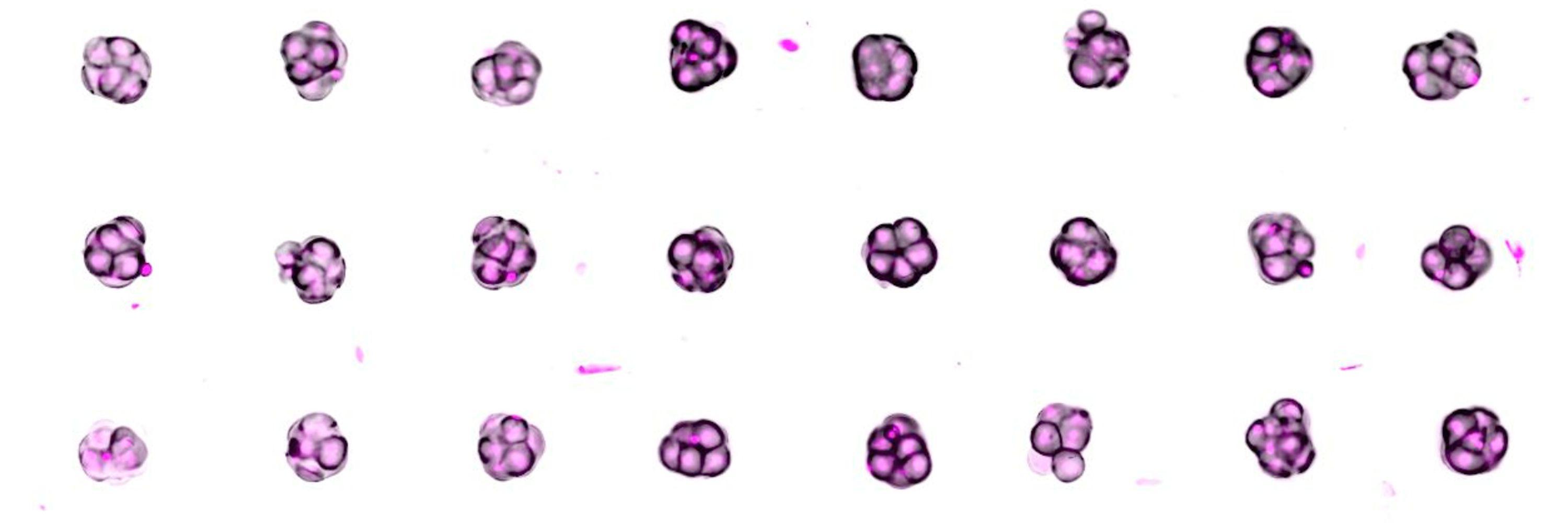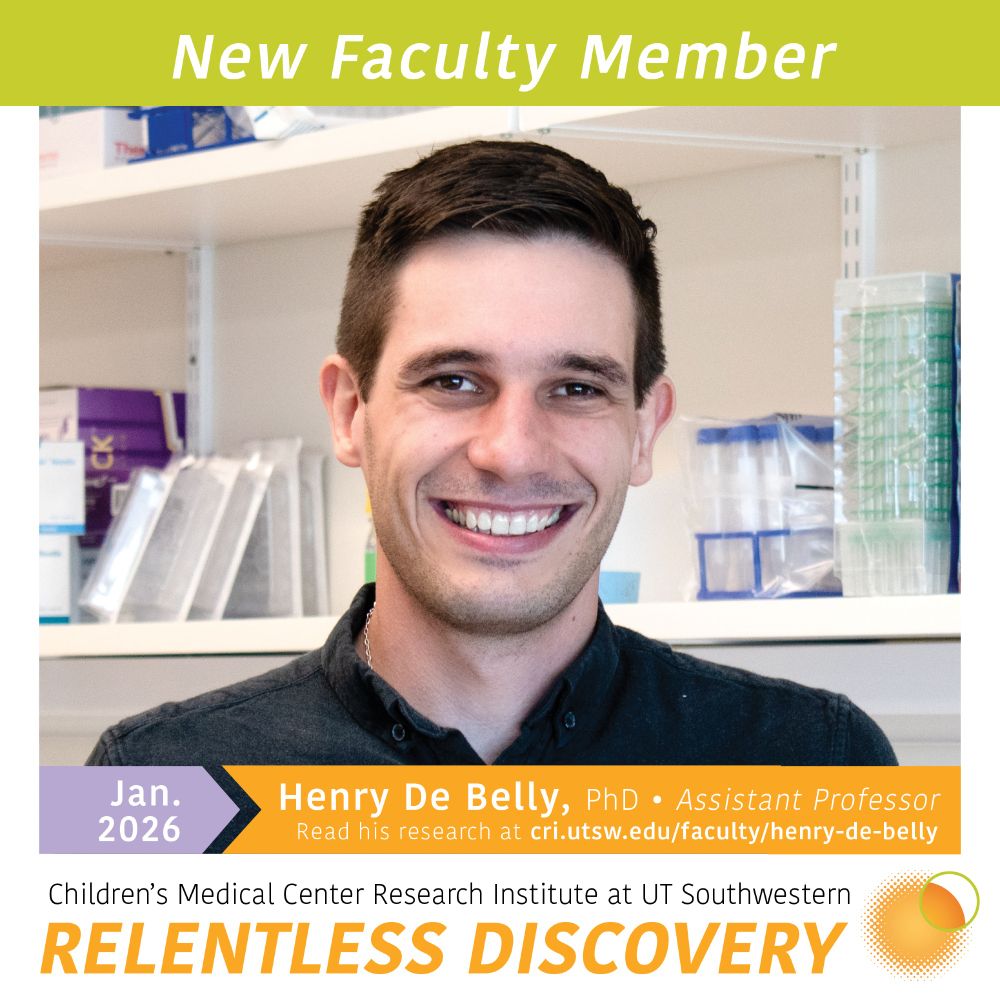

A timelapse movie (unpublished data) from the lab.
In the movie, the nucleus is moving towards the base of the polarized root hair cell.
A timelapse movie (unpublished data) from the lab.
In the movie, the nucleus is moving towards the base of the polarized root hair cell.
With @jiyeonleem.bsky.social and our team at Yale MCDB.
Read: www.nature.com/articles/s43...

With @jiyeonleem.bsky.social and our team at Yale MCDB.
Read: www.nature.com/articles/s43...
We discover a unique mammalian mechanism for body axis elongation using mouse and human gastruloids, and confirm central findings in mouse embryos.
Check out the 🧵 👇
@mpi-cbg.de @poldresden.bsky.social
We find a unique mechanism for body axis elongation in mammals, different from other vertebrate species
➡️ www.biorxiv.org/content/10.1...
We discover a unique mammalian mechanism for body axis elongation using mouse and human gastruloids, and confirm central findings in mouse embryos.
Check out the 🧵 👇
@mpi-cbg.de @poldresden.bsky.social
@cri-utsw.bsky.social at UTSW this January!
We will explore how cells sense and respond to mechanical forces, focusing on membrane mechanics to reveal how tension and signaling work together to shape cell behavior.

@cri-utsw.bsky.social at UTSW this January!
We will explore how cells sense and respond to mechanical forces, focusing on membrane mechanics to reveal how tension and signaling work together to shape cell behavior.
@karalmckinley.bsky.social
We built the first transgenic model of menstruation in mice.
We used it to uncover how the endometrium organizes and sheds during menstruation. 🧪
www.biorxiv.org/content/10.1...
🧵

@karalmckinley.bsky.social
We built the first transgenic model of menstruation in mice.
We used it to uncover how the endometrium organizes and sheds during menstruation. 🧪
www.biorxiv.org/content/10.1...
🧵
www.biorxiv.org/content/10.1...
www.biorxiv.org/content/10.1...


